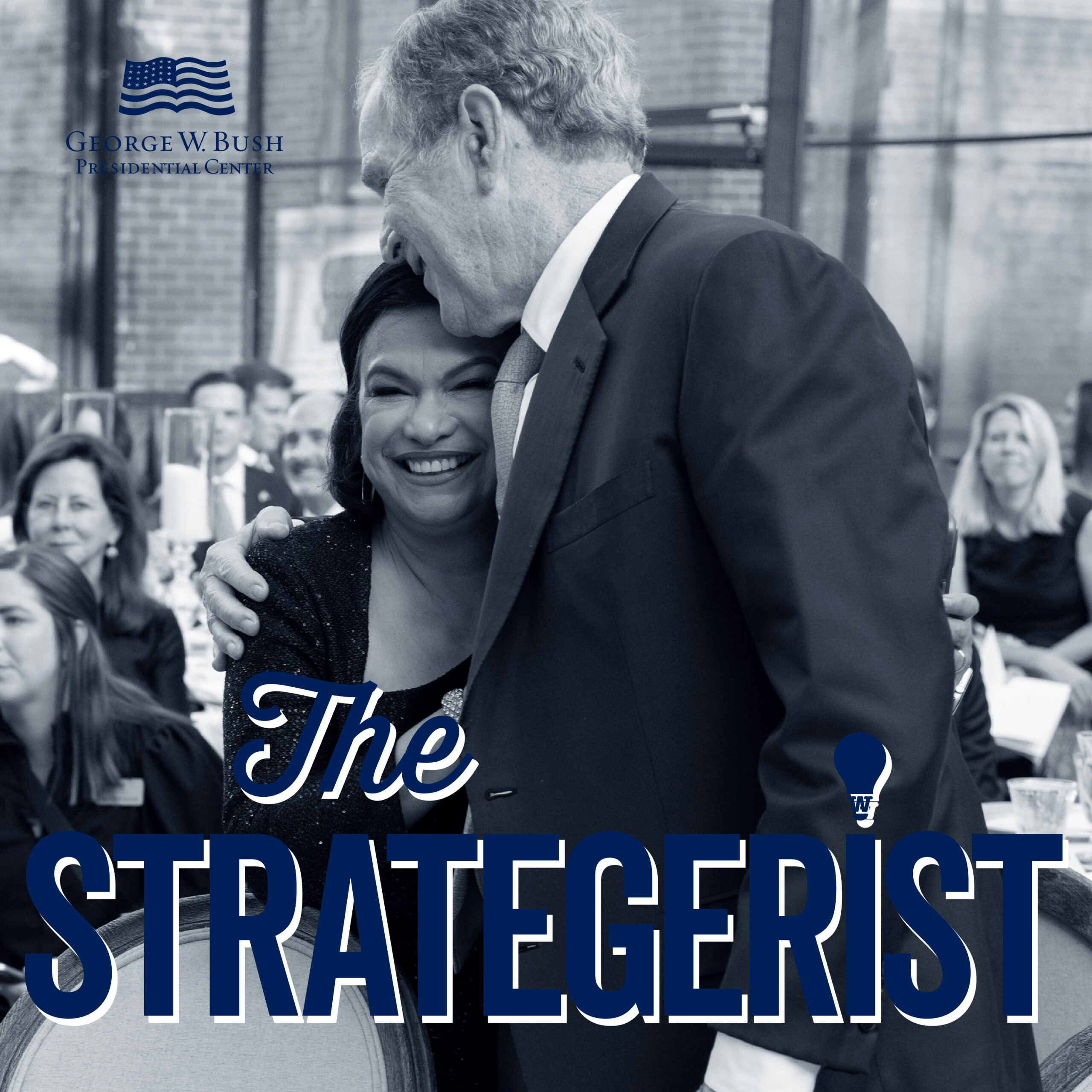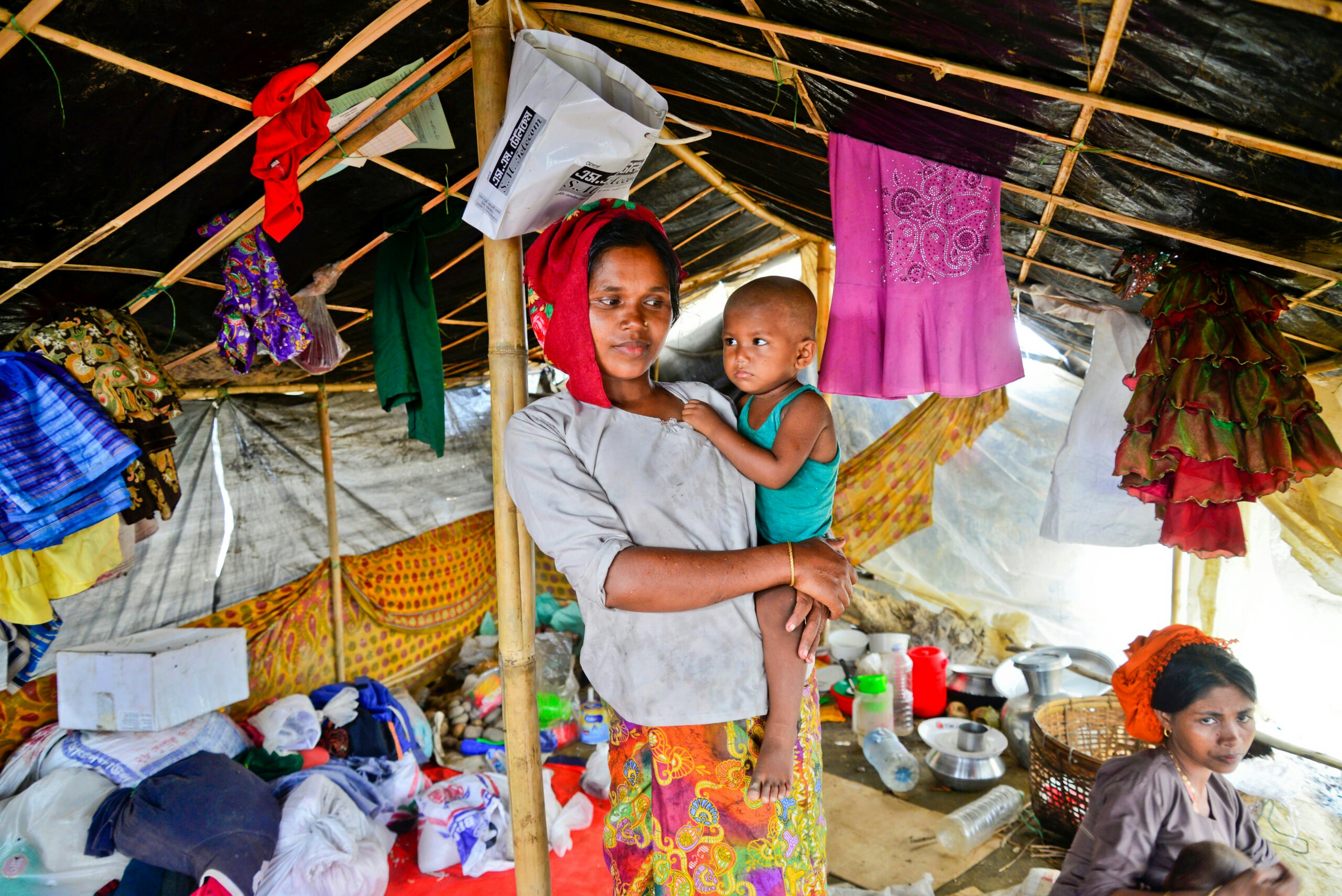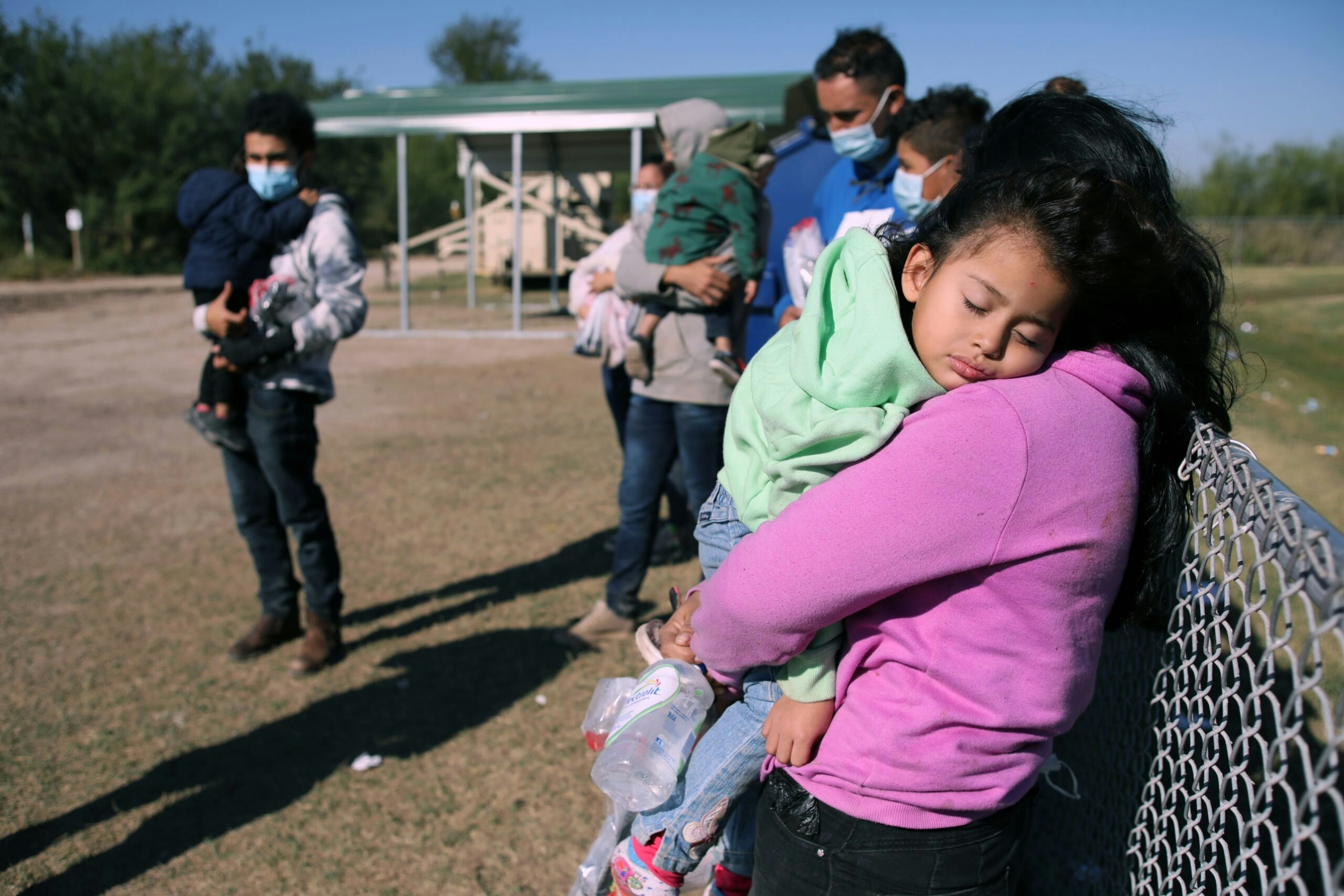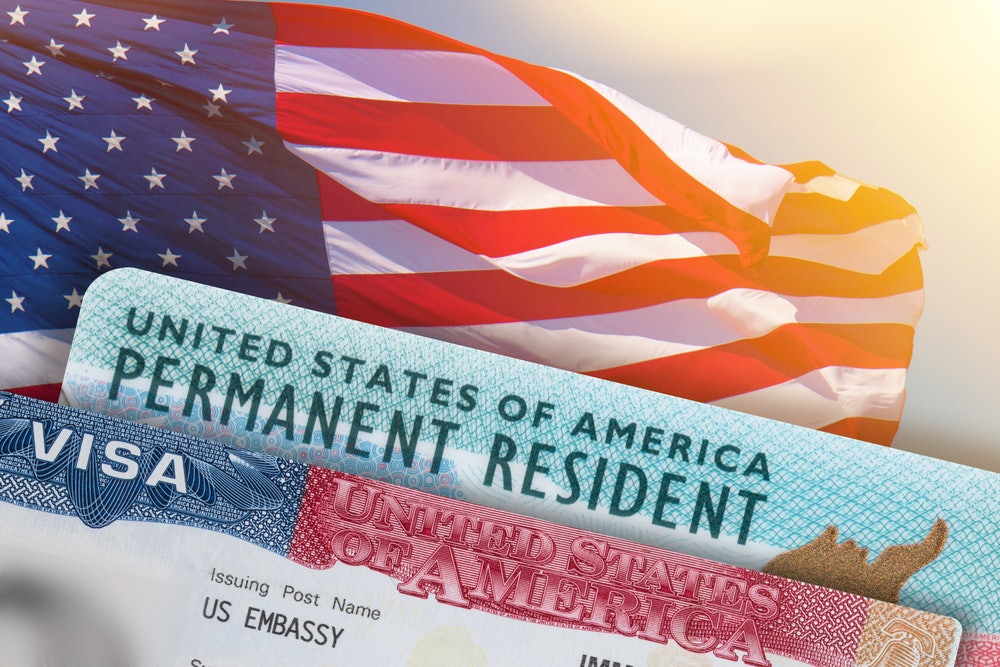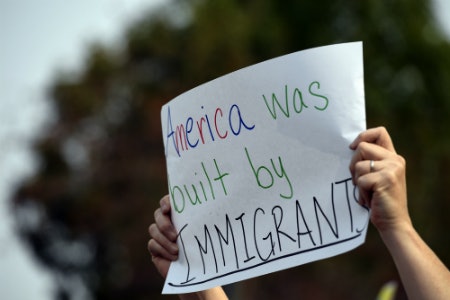The “Honduran Caravan” is capturing headlines as thousands migrate toward the United States border to seek asylum. Those fleeing their homes and countries are looking for a safer and more prosperous life, many having experienced extreme poverty and gang violence.
Why are Hondurans fleeing Central America?
The “Honduran Caravan” is capturing headlines as thousands migrate toward the United States border to seek asylum. Those fleeing their homes and countries are looking for a safer and more prosperous life, many having experienced extreme poverty and gang violence.
World Bank statistics indicate the Gross National Income in Honduras was a meager $2,160 per capita in 2016 and more than 60 percent of Hondurans lived in poverty. Honduras is also one of the most dangerous countries in the world with an average of more than 10 murders each day, despite a drop in the homicide rate in recent years. The other countries of Central America’s “Northern Triangle,” El Salvador and Guatemala, likewise suffer high rates of gang violence, stemming from drug trafficking.
The issue of transit migration is not a new one. Authorities estimate in 2014 some 389,600 transit migrants, virtually all from the Northern Triangle countries, passed through Mexico en route to the United States.
What is the difference between an unauthorized immigrant and an asylum seeker?
Immigrants are considered unauthorized if they: 1) enter the United States without the permission of the U.S. federal government, 2) remain in the U.S. after their approved term of entry has expired, or 3) violate the conditions of their entry into the U.S. – such as being employed without proper work authorization.
News reports suggest the majority of those traveling with the Honduran Caravan intend to apply for asylum— a legal classification allowing foreigners to seek protection in the United States from persecution they face in their home country due to race, religion, nationality, political views, or membership in a particular social group. Migrants often seek asylum upon arrival at the U.S. border. Those already in the U.S. and individuals subject to removal proceedings may also apply for asylum.
People seeking asylum are subject to an initial screening to determine if they face a “credible fear” or “reasonable fear” of persecution if they were returned to their home country. Those who pass this screening are then afforded an opportunity to present their case in a court hearing. Those granted asylum are protected from deportation and granted immediate authorization to work in the U.S. After one year, they are eligible to apply for legal permanent resident status and can pursue naturalization after an additional four years.
In 2016, some 20,455 individuals were granted asylum by the United States. Migrants from Honduras, Guatemala, and El Salvador combined to account for 27 percent of the total. This is remarkable considering the populations of those three countries represent roughly one-half of one percentage point of worldwide population.
What can Central America do to improve things on the ground?
The nations of the Northern Triangle of Central America face a chicken-and-egg challenge: how to stimulate economic growth and foster citizen security knowing neither is really possible without the other. Other countries that have faced similar challenges suggest a successful strategy begins with concerted efforts to strengthen the credibility of the institutions of justice and move quickly to boost economic growth by opening the economy to greater individual freedom of choice.
The Northern Triangle countries have done a great deal over the past two decades to open their economies and provide transparent rules of the road, but some significant policy roadblocks remain. One of these is the small size of the national economies of these countries; they can overcome this by deepening their economic opening to each other, which will lower production costs, enable workers to move within the region to where jobs are, and make the regional economy more attractive to investment. This is especially true where energy and power are concerned; a larger common market would make larger scale power generation economical, which would reduce costs and promote industrial development.
Another systemic challenge is corruption, especially in tariff and tax collection and government procurement. The region could benefit from emerging technologies like blockchain to improve transparency of government finances and curtail corruption. Finally, they could take short-term measures to encourage small businesses to register and entice workers to regularize their work status; together, these would broaden the tax base, reduce opportunities for corruption and abuse, stabilize retirement plans and strengthen school systems.
There remains a long to-do list, of course, but serious reforms along these lines would have near-term impacts on financial stability and economic growth.
What can America and Americans do to help Central America?
Ultimately, of course, Central America’s success or failure rests in the hands of its citizens. Still, as long as Central Americans are attempting to move to the United States, we have a stake in the region.
The United States has a long history dealing with international organized crime. Our capabilities in terms of equipment, technology, procedure, and the infrastructure of justice can strengthen the hand of the Central American authorities. We can provide training, equipment, sharing of information, cooperation in investigations and prosecutions that ensure Central American law enforcement succeeds in fighting crime before that crime reaches our homeland.
On the economic front, the Central America Free Trade Agreement (CAFTA) is already a significant contribution by the United States to the region’s prosperity. That contribution would be greater to the extent we can help Central America create the conditions for its entrepreneurs to thrive and succeed: regulatory transparency, enforceable contracts, improved infrastructure, training in entrepreneurship – programs like this do not cost very much and go a long way to unlocking Central America’s own entrepreneurial creativity.
A more prosperous Central America will further stabilize our southern border and consume more American exports, making our country more robust and secure.
















